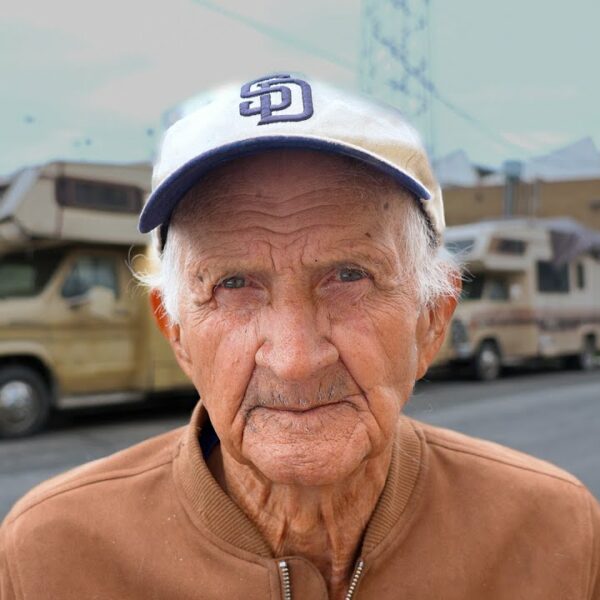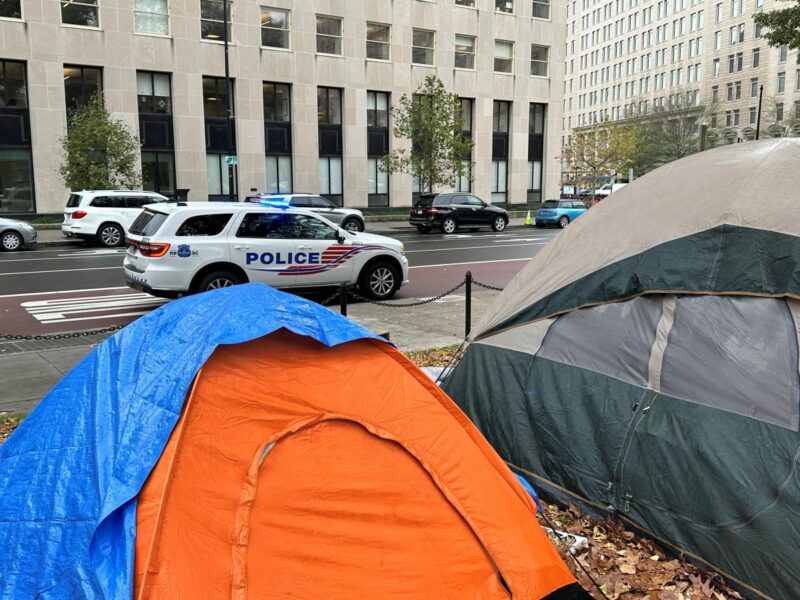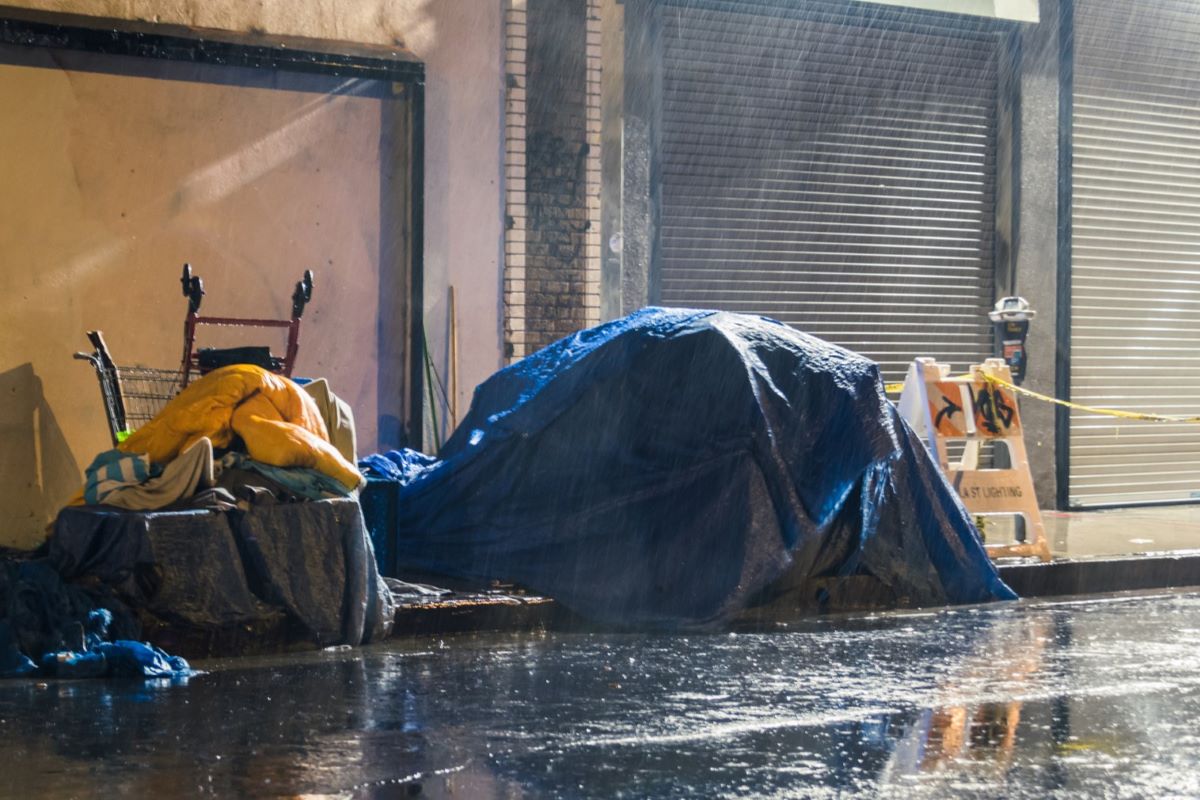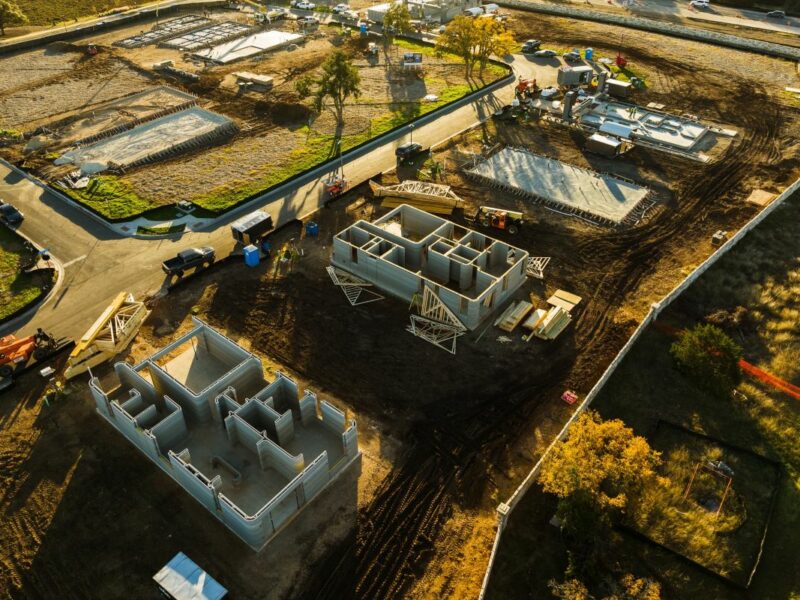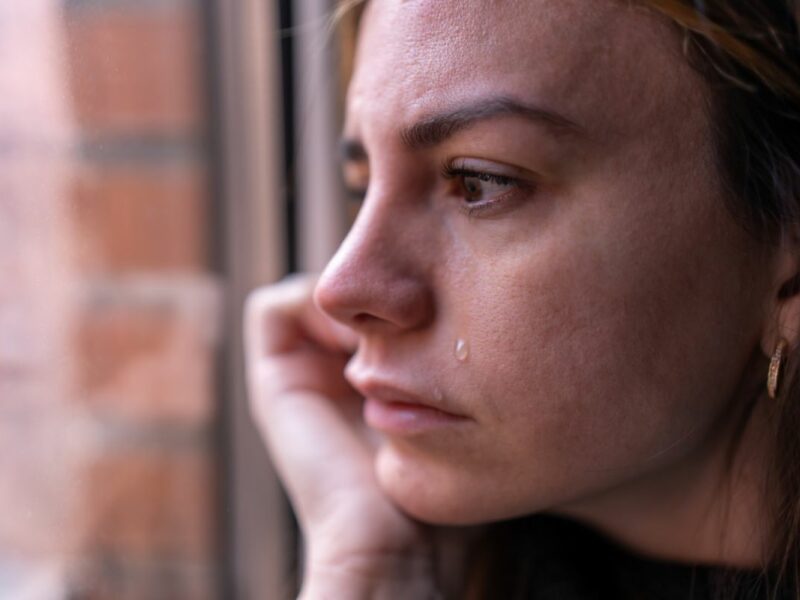Human bodies are not designed to live out in the elements. People who are homeless and living outdoors, even in vehicles, are much more likely to die at a younger age than the general population. Human bodies are delicate and easily damaged and offer no natural protection from the environment. Every winter, many homeless people die in the cold, and every summer, they perish in the heat.
You don’t need to be street homeless for this to be true.
Poverty-stricken people living in sub-par housing often have no access to air conditioning in the summer or adequate heat in the winter. I know someone whose mother perished in the brutal summer heat of an un-air-conditioned apartment in New York City.
The unit in her apartment was broken, and she didn’t want to replace it because of the cost of electricity. So, instead, she died because of her poverty status, even though she was housed.
The fact is, you won’t hear too many stories about the well-to-do perishing in the elements. I have only heard of cases where a victim was either homeless or living in poverty housing where this was the situation.
We see from studies of hominin fossils and ancient DNA that various human species, throughout prehistory, did not live long lives. Forty to fifty years of age was considered rare and remarkable among homo neanderthalensis.
Imagine being considered elderly at 40?
Undoubtedly, exposure to the elements played a role in lifespan then as it does now. Yes, they had many stressful factors, like evading apex predators and dealing with severe injuries and wounds. Still, lack of actual housing would have contributed to shorter lifespans, just as it does now for those living in tents, vehicles (no, I don’t mean luxury RVs), and other shelters that are not genuine housing.
Are dank caves suitable housing for humans?
This is also true with animals. Did you know that the average lifespan of a toad in nature is between two and five years? Meanwhile, a well-cared-for toad living in a proper terrarium with proper nutrition, clean water, heating, and lighting can live much longer. Instead of five years, a healthy female anaxyrus americanus (American toad) can live closer to 30 years!
In fact, I once had a toad who lived to be about 27 years old.
And so it is with all animals. Being protected from predators and the elements, having good nutrition, and having a healthy environment leads to significantly greater longevity.
Sure, some giant tortoises live to be 200 years old, but they have an armor house on their backs! For the sake of this discussion, let’s just agree that stable housing is generally a huge determining factor in safety, health, and longevity for most living animals.
I knew a woman online who was homeless in the southern United States.
She told me she would leave work, head to a secluded, wooded area, and set up her tent. She had to keep her tent stashed in a small storage unit when not set up so that it wouldn’t be stolen (or at least had a lesser chance of being stolen).
So, let’s get this straight: She had to go to work, leave work and head for storage, grab the tent, and head for the wooded area every night to sleep because she felt it was safer than other alternatives. She was exposed to dangerous insects, potentially dangerous animals, and brutal summer heat and humidity. And there was still the threat of being hurt or harassed by humans, including law enforcement.
Suddenly, you might see why I cling to my van as tightly as I do. She had absolutely no way to be in climate control in that tent.
For the benefit of first-time readers, I have a chronic illness that causes chronic pain and severe heat intolerance. My van has air conditioning as a medical necessity, not a luxury. That would need to be true whether I am housed or homeless.
No vehicle I drive can be without air conditioning. Even with air conditioning, those days above 90 degrees Fahrenheit are intolerable to me, and the air conditioner barely helps during the day.
So, what can people do?
Well, homeless or housed, if you need air conditioning in the summer, you can often find “cooling centers” near a city or larger town. Often, these are community centers or church basements. I’ve had to sit in libraries and cafes just to be in air conditioning and drive around a big box store on my scooter pretending to shop, just to be in the a/c. The same is true in reverse for winter.
Of course, the so-called “cooling center” or “warming center” locations are only available when the weather is brutal. It can be hot and humid, and nothing is available other than places like movie theaters, stores, restaurants, etc., which you usually have to spend money on.
The library is often a good bet for a free place to spend time with air conditioning, but libraries aren’t open 24 hours a day, seven days a week. Also, let’s not forget that some areas only have a few, or even one, such as cooling/heating centers. Not all homeless people have transportation to get to them or even have access to information to locate such a place.
As for myself, life has worn me down so badly over the last few years, as I’ve had one disastrous situation after another with no relief.
As high-stress levels pound my already compromised health, I find myself unable to cope with any heat at all. I am in constant pain due to my various conditions, so my only hope of surviving summer is to do so in air conditioning.
Until you find yourself in a situation completely out of your control, you might take cooling and heating for granted. They are luxuries for many people around the world, and you should never take them for granted if you have access to them.
As extreme weather events increase and summers in many areas become more brutal, access to climate control becomes more urgent. This is especially true when you factor in that the number of vulnerable people, either elderly adults or people with disabilities and chronic illness, is the fastest-growing segment of the homeless population.



